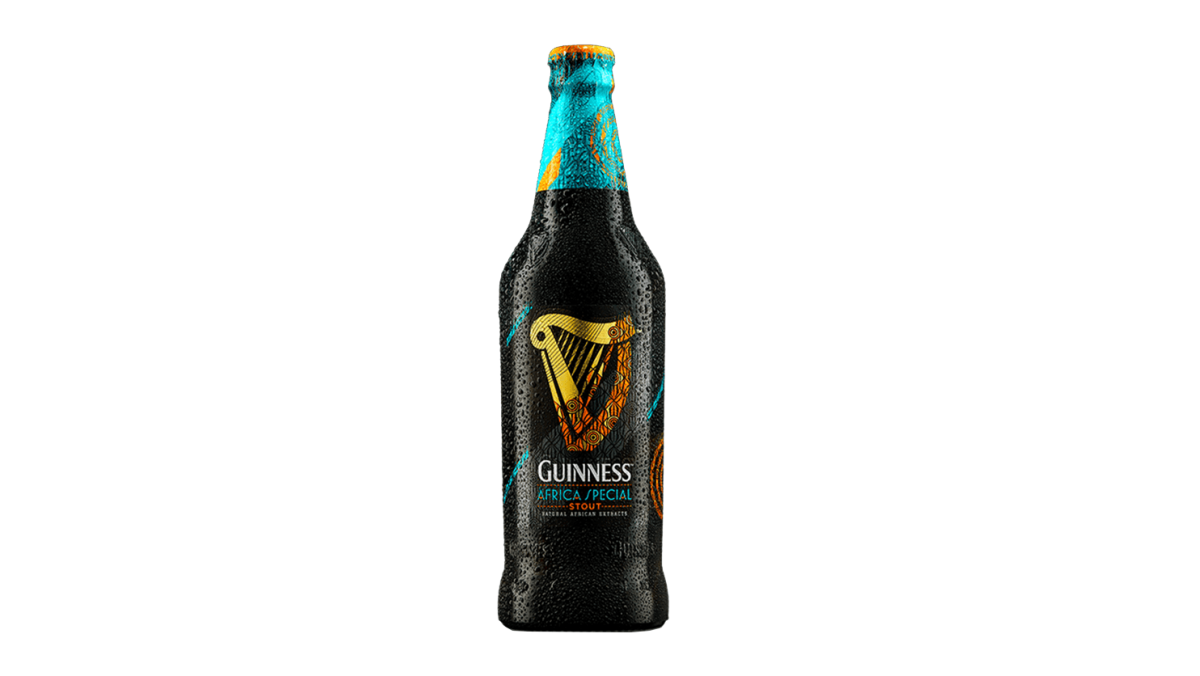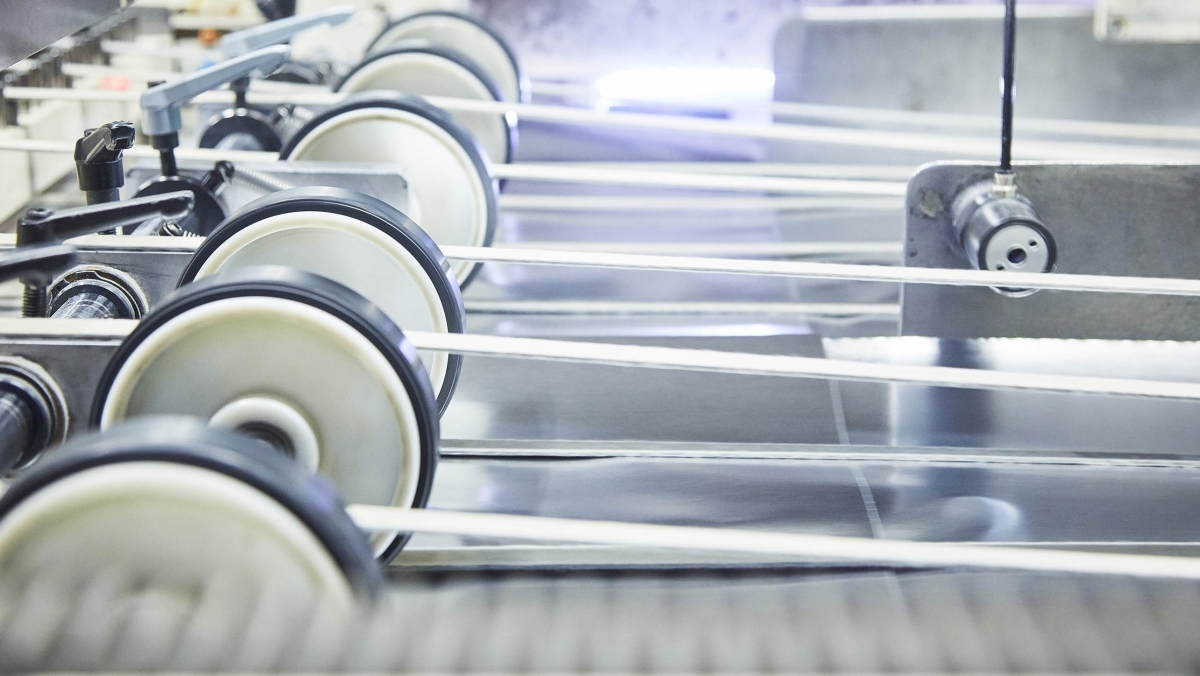Alternatives to metallized papers
Metallized papers are just one option for incorporating metallic looks onto labels and packaging. What other technologies are there, and what benefits do metallized papers offer in comparison?
We're passionate about metallized paper and the functional, aesthetic and technical benefits it offers our customers and the supply chain.
That said, alternative technologies also offer a number of advantages. Today, we explore foil stamping as alternative to achieve metallized packaging and labels. We also explain why, how and when alternative methods can be convenient.
Foil stamping
Foil stamping is an alternative to metallizing paper. It relies on coating-and-metallic effects (AI and coatings) being transferred on printing press. The production process and the printing process expels polyester film which is disposed of in secondary markets.
Stamping foils are applied on press (with appropriate equipment and expertise) but often applied off-line allowing converters to apply on a wide range of substrates and calipers.
In our FAQ "What is the difference between metallized paper and foil stamping", you will find more information between the two techniques and you will be able to download our white paper with more details.
Why choose metallized paper over foil?
Foil stamping is best suited for small enhancements where cost impact is small and foil covers less than 30% of a packaging area. If the metallized area is greater than 30% of the total package, there can be a greater cost advantage to utilizing metallized paper instead.
Environmentally, AR Metallizing’s direct metallized papers are more eco-friendly. Why? Because our production process doesn’t use film to transfer the aluminum like foil stamping does.
Case study: Guinness chooses metallized paper
Guinness is popular all over the world, but on the African continent. Guinness is one of the most popular beers in Nigeria, Cameroon, Kenya and Uganda. Whereas Guinness tends to have a very uniform look in Europe and the US (where it is sold in cans), in Africa, the stout is sold in bottles.
In African countries where the product is sold in glass bottles, the Guinness’ team have been able to use more creative license and launch products that have all the elements of the vivacious, spirited looks that are most appealing to African nations.
Wherever they sell their sought-after beers, however, Guinness have always wanted to retain that their iconic harp – the brand’s emblem – in gold. Easily recognizable and heavily associated with the brand, the golden harp adds both prestige and glamour to labels.

"African countries are very brand-conscious when it comes to their beverage of choice. Particularly for younger generations, certain beers are very fashionable, and this means that packaging and labels have to look the part in order to maintain their market share with high-end looks. In Europe we tend to think of Guinness as a beverage that comes perfectly poured in a glass. In Africa, the drinking experience is very different, and centers around the bottle, meaning that the packaging has to be considered differently to maximize unique appeal."
Giancarlo Rossetto, Vice President Sales & Marketing
To ensure that the harp could be detailed in gold, Guinness analyzed several options, including gold ink and foiling. AR Metallizing’s metallized paper was eventually chosen as the ideal label paper as it provided the desired looks, along with a number of other advantages. In particular, AR Metallizing’s ability to guarantee timely paper delivery in Nigeria and other African nations (including in eastern countries like Kenya) was especially appealing, given any disruption to the supply chain in such a key market would be disadvantageous.
The cost savings of using metallized paper were also a key consideration. Guinness had previously used hot foil to achieve the golden look of the harp on the labels, which were made in Europe using the technique and then shipped to Nigeria. Transporting the labels in this way was time-intensive, expensive and incurred high import taxes. By using imported metallized paper, which could then be printed locally – also benefiting the local economy – Guinness could achieve the desired label effect they wanted at an improved price.
How is metallized paper made?
Metallized papers are a special paper with a metallic layer vacuum deposited on the surface for decorative effects. Metallized papers offer a solution to achieve the distinctive, metallic finish on packaging with only a fraction of the aluminum content of traditional foils. Our metallized papers are environmentally friendly and offer excellent recyclability. Our metallized papers take their gloss from various sources: the paper itself, the aluminum layer and a top coat which moisturizes the paper – neither of which hamper the recycling process.
.

Benefits of metallized paper
Metallized papers are recyclable and eco-friendly
They are highly functional with excellent barrier properties compared to 'normal' paper
Our products give labels and packaging a premium, high-end look, without compromising recyclability
Metallized papers are optimized for the supply chain, and are designed to perform excellently on printing and converting machinery
AR Metallizing have a global, in-house R&D team who develop our papers for specific applications. They can also support our clients and their supply chain optimize our papers for their own use.
Can we help?
We'd love to answer any questions you have. Alternatively our team is available to discuss our processes and technologies with you and offer samples or free prototypes of your products on metallized paper.